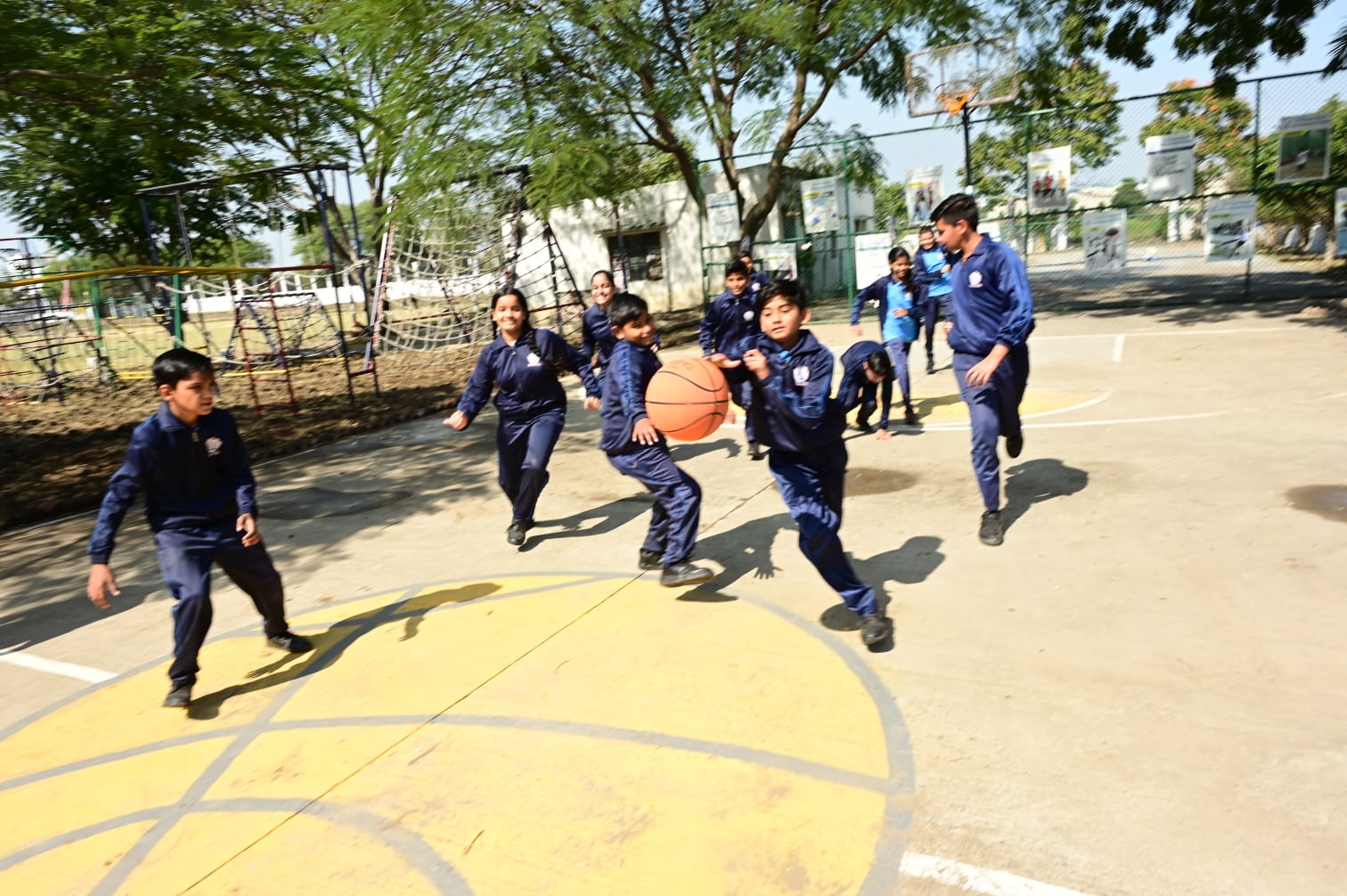Sports activities are a vital part of the school curriculum, offering physical, mental, and social benefits to students. By engaging in sports, students not only develop athletic skills but also learn essential life values such as teamwork, discipline, and perseverance. This essay discusses the importance of sports in schools, highlighting key points under distinct headings.
1. Physical Health Benefits
- Encourages Physical Fitness: Sports promote regular exercise, helping students maintain a healthy weight and build muscle strength.
- Prevents Lifestyle Diseases: Regular participation reduces the risk of diseases like obesity, diabetes, and heart-related issues.
- Enhances Motor Skills: Activities like running, swimming, and playing ball games improve coordination, balance, and agility.
2. Mental Health Advantages
- Stress Reduction: Physical activity stimulates the release of endorphins, reducing stress and anxiety levels.
- Boosts Academic Performance: Studies have shown that active students often perform better academically due to improved focus and memory.
- Builds Resilience: Overcoming challenges in sports teaches students how to handle pressure and setbacks.
3. Social Development
- Teamwork and Cooperation: Playing team sports fosters collaboration, communication, and the ability to work with others.
- Leadership Skills: Students often take on leadership roles as captains or organizers, building confidence and decision-making abilities.
- Promotes Inclusivity: Sports bring students from diverse backgrounds together, promoting understanding and unity.
4. Character Building
- Instills Discipline: Regular practice and adherence to rules develop a sense of responsibility and commitment.
- Encourages Fair Play: Learning to respect opponents and accept defeat gracefully is a valuable life skill.
- Enhances Time Management: Balancing academics and sports teaches students how to prioritize and manage their time effectively.
5. Cognitive and Emotional Growth
- Sharpens Strategic Thinking: Many sports require planning and quick decision-making, which improve cognitive abilities.
- Boosts Self-esteem: Achieving goals in sports builds confidence and a sense of accomplishment.
- Improves Emotional Regulation: Students learn to manage their emotions during wins and losses.
6. Long-term Impact
- Encourages Lifelong Fitness: A habit of regular physical activity developed in school often continues into adulthood.
- Career Opportunities: Talented athletes can pursue careers in professional sports, coaching, or related fields.
- Community Engagement: Many students remain connected to sports through local leagues or volunteering, fostering community ties.
7. Enhancement of School Spirit
- Creates a Sense of Identity: Participation in school sports teams fosters pride and loyalty among students.
- Builds Camaraderie: Events like inter-school tournaments bring students, teachers, and parents together, strengthening school bonds.
- Motivates Excellence: Healthy competition encourages students to excel in both sports and academics.
8. Encouraging Diversity in Sports
- Inclusive Opportunities: Schools should offer a variety of sports, such as basketball, soccer, swimming, and track and field, to cater to diverse interests and abilities.
- Empowering Girls: Promoting equal opportunities in sports helps bridge gender gaps and empowers female students.
9. Challenges in Implementing Sports in Schools
- Lack of Infrastructure: Many schools lack adequate sports facilities, which limits student participation.
- Time Constraints: Balancing sports and academics can be challenging without proper scheduling.
- Budget Limitations: Insufficient funding often restricts access to quality equipment and coaching.
10. Recommendations for Improvement
- Better Funding: Governments and communities should invest in building sports infrastructure in schools.
- Qualified Coaches: Hiring trained coaches ensures students receive proper guidance and mentorship.
- Integration with Academics: Schools should create timetables that allow for both sports and study time without compromise.
Conclusion
Sports activities in schools play an essential role in shaping well-rounded individuals. They not only promote physical and mental well-being but also teach invaluable life skills that prepare students for future challenges. To maximize the benefits, schools must prioritize sports as an integral part of education, ensuring access to resources and creating an environment where every student can thrive.


